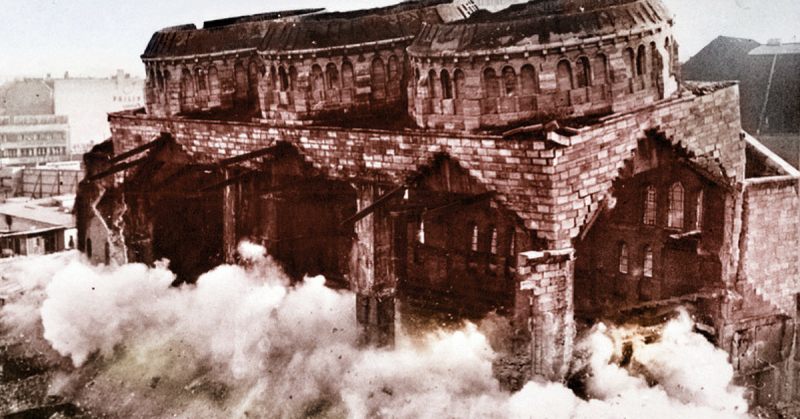Archaeologists have uncovered three parts of the remains of a Jewish synagogue that was destroyed by the Nazis in Lithuania.
A recent excavation uncovered the central prayer platform, or bimah. The three-year project took place at the site of the “Great Synagogue of Vilna.” The name comes from the old name for Lithuania’s capital: Vilnius.
John Seligman is an archaeologist for the Israel Antiquities Authority. He led the team of archaeologists from around the world in the excavation. He called the destruction of the synagogue a tremendous loss because it had served the Jewish community from the 1600s until its destruction in the 1940s.
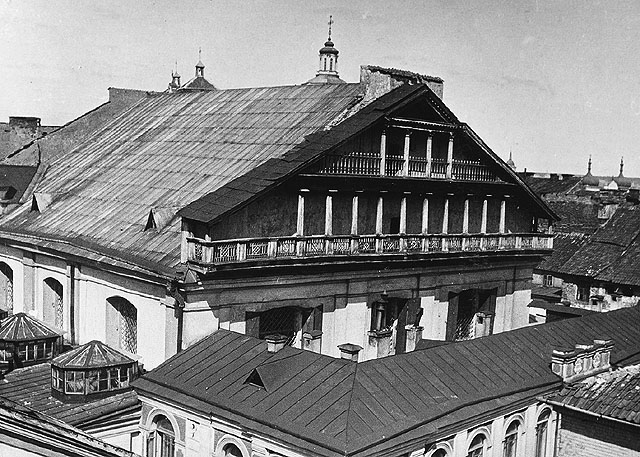
During the Nazi occupation of Lithuania, from 1941 to 1944, the synagogue was burned down. The Nazis also murdered tens of thousands of Jews who lived in Vilnius.
When the war ended, Lithuania became part of the Soviet Union. The ruins of the synagogue were leveled and built over. First, a kindergarten was built on the site, and then, a primary school was built there at a later date.
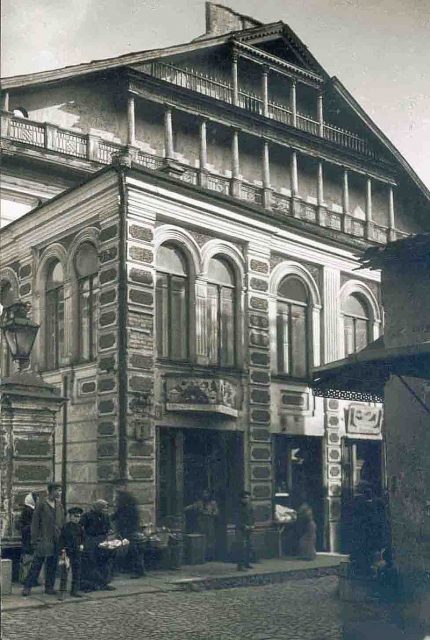
For the past few years, archaeologists have been analyzing the site using a ground-penetrating radar with the hopes of finding and studying the famous religious location.
A bimah is a raised platform at the center of the square-shaped building where passages from the Jewish holy book, the Torah, were read aloud. It was made from green and brown bricks in a style known as “Tuscan Baroque.” That style was popular during the 1630s when the Great Synagogue was built.
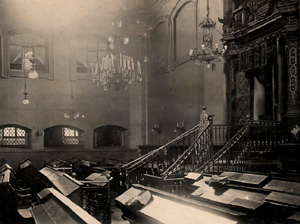
The King of Lithuania first gave Jews permission to live in the country in the 14th century. The site being excavated by the archaeologists had been in use as a house of prayer by Jews since the 1440s.
The original buildings in the city were made of wood. In the 1600s, Vilnius brought in architects from Italy and Germany to rebuild the city using brick.
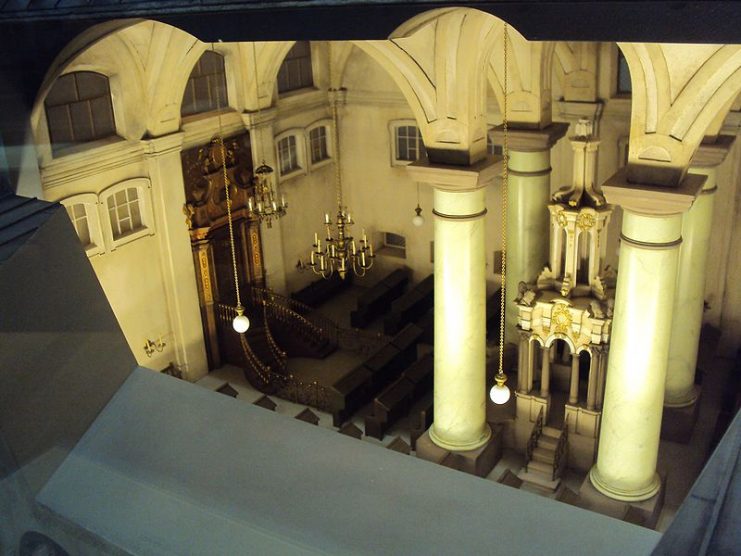
In the 17th century, so many Jews came to Vilnius that it became known as the “Jerusalem of the North.”
In 1748, the synagogue was damaged in a fire but was rebuilt by benefactors.
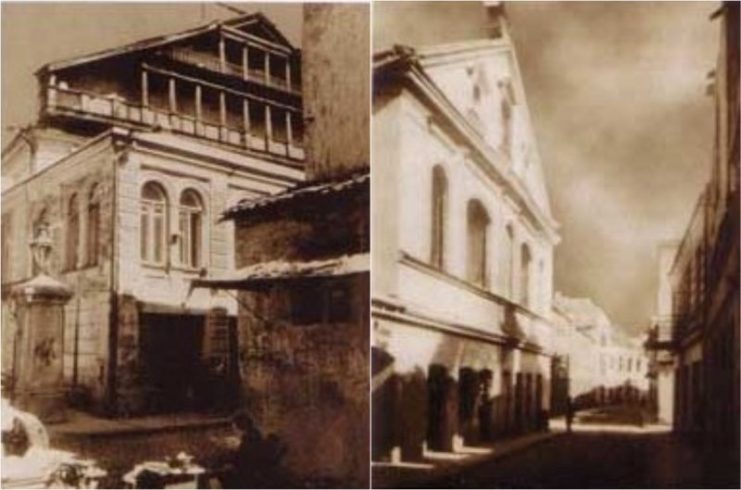
There was a rule in effect when the synagogue was built that forbade any building from being made taller than the Christian churches in town. In response to this law, the synagogue was created with the first floor underground to increase space without breaking the law. It’s this underground part of the synagogue that the archaeologists are unearthing now. The Christian law inadvertently protected part of the Jewish building.
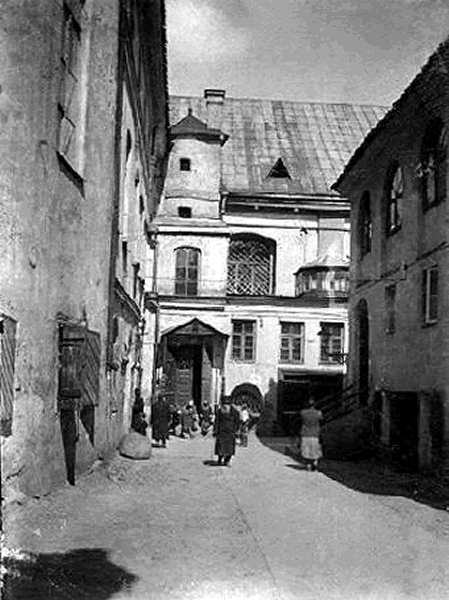
When the Nazis invaded Lithuania, they forced the Jews to live in ghettos. Periodically, death squads would round up Jews and shoot them next to mass graves. By 1944, up to 70,000 Jews had been killed near Vilnius and tens of thousands more died in the oppressive conditions of the ghettos themselves and Nazi work camps.
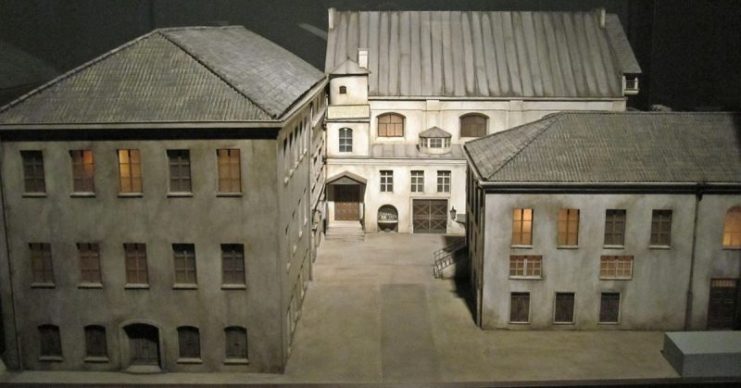
The Lithuania’s Good Will Fund paid for the last three years of the excavations. This fund is compensation from the Lithuanian Government to the Jews for the property seized during the war.
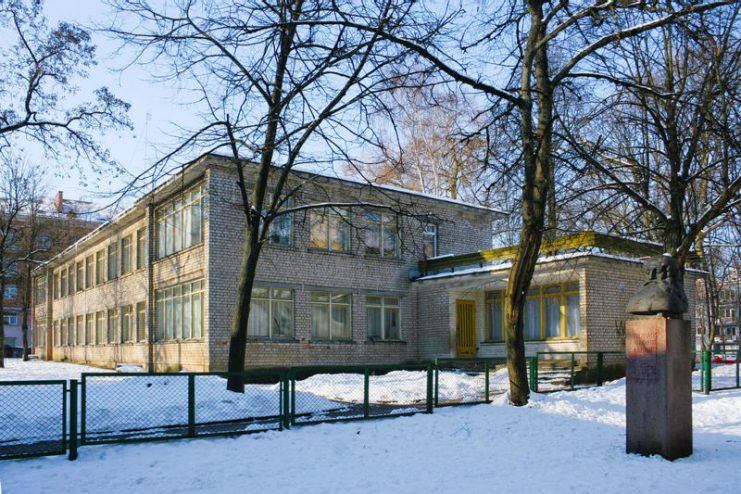
Read another story from us: How the Jewish Brigade Saved Lives, and Helped to Found a Nation’s Army
A Jewish Memorial will be erected on the site of the Great Synagogue using the uncovered religious artifacts, including the bimah.
